Last time we covered the archetypal mole, the true moles that shaped out expectations of what a mole is. They’re very much not the only moles in the world. Many, many other species have taken on a similar lifestyle, and the results are often odd. Let’s look at three more mammals that have become moles from extremely different lineages.
Golden Mole

Minden Pictures
Possibly the cutest mole yet, with a hyper-simplified but wide skull and a big funny nose, golden moles comprise a couple closely related genera (plural of genus) in Africa. They are actually a quite diverse group, but most of their most interesting features are shared across the whole group.
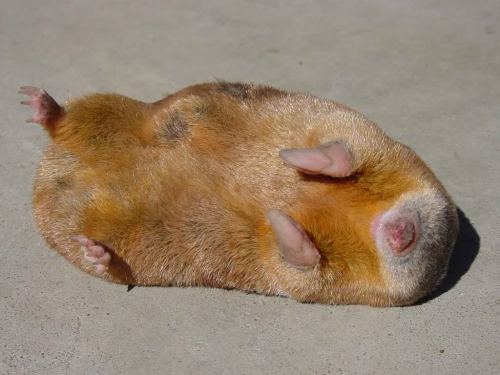
Here you can see their claws, coming from a different angle to form basically the same sort of digging tool as the true moles have. They are also impressively golden, a surprisingly bright color for a mammal, especially one that can’t even admire the results. It turns out their iridescence comes from their odd fur shape, flattened on a microscopic scale into more blade-like shapes, likely for streamlining purposes. So if they’re not true moles, what are they?
Well, for a long time, it was thought they might be extremely primitive mammals, splitting off from other mammals just after Marsupials (who raise their young in a pouch) and Placentals (who grow their children closer to maturity within their bodies) split. This is due to some of their most interesting features, features we will get to later, but none of this held up to scrutiny, and soon enough, they instead turned out to be afrotheres. Now I’m sure you’re asking, what are afrotheres?

At the end of the Cretaceous, Africa was an island, unconnected to the other land masses. As such, common mammal groups like hooved mammals, rodents, and carnivores didn’t reach Africa until significantly later, leading to the native mammals to fill their roles independently. The elephants quickly became large land mammals, the aardvarks acted like anteaters, and sea cows took to the sea. So it was with the golden moles, evolving to fill the same burrowing, invertebrate-eating niche of the true moles that evolved to the north.
So why were they mistaken for being so primitive? Well, first, they don’t have regular mammal genitals. Instead, they have a cloaca, a singular hole that handles both waste and reproduction. This is really, really basic for mammals, and in fact the only other mammals that have this are monotremes, which split off from other mammals long before marsupials. In reality, this appears to have evolved secondarily as a means of retaining water, something golden moles are good at; most species never drink, getting all the water they need from their food.
More interesting is golden mole metabolism. One of the notable features of the true moles is just how overwhelmingly hungry they are. Their ranks include the fastest eater on the planet, after all. Golden moles, on the other hand, are adapted for low-energy environments like the Namib Desert, one of the driest and oldest deserts on earth. They spend much of their time in low-energy states of torpor, hidden about 20 inches deep in the sand during the day and only coming out when it’s cool. Yes, they come out, scurrying across the desert’s surface in search of termites.
https://zslpublications.onlinelibrary.wiley.com/doi/abs/10.1111/j.1469-7998.1991.tb04396.x
https://www.cambridge.org/core/journals/journal-of-zoology/article/energetics-of-burrowing-running-and-freeliving-in-the-namib-desert-golden-mole-eremitalpa-namibensis/C7F2FC47BBD729460A69AAC13A6A2A64
They spend a lot less energy tunneling than true moles as well, largely because they’re usually digging in loose sand rather than more compact dirt. They don’t form home tunnels and burrows, instead living directly in the sand, as tunnels don’t form in sand. Instead of masters of a labyrinth, golden moles are nomads, crossing wide spaces in search of food. An entirely different sort of mole.
Marsupial Mole
Craig Johnson
Hey, wait a minute! That’s just the golden mole again!
Yes, this is the final reason that many scientists once believed that golden moles had split off from other mammals soon after marsupials. The marsupial mole has tawny fur and a large, dry rhinarium like a golden mole’s but, of course, it is a marsupial, native to Australia. The marsupial mole, much like the golden mole, has been the subject of much taxonomic controversy.
Why are so many moles hard to place in the tree of life? It’s simple, really. It’s a lifestyle that encourages a streamlined, specialized shape, removing a lot of features scientists use to classify animals. As it stands, marsupial moles really are on their own. Everybody agrees they are extremely distant from other living marsupials at the very least, supported by both the fossil record and genetics. Some have even suggested that marsupial moles were metatherians (extinct mammals more closely related to marsupials than placentals) based on similarities to the bizarre Miocene mammal Necrolestes.

Jorge Gonzalez / Guillermo Rougier
Today, however, most people agree that marsupial moles actually are marsupials and Necrolestes were from a lineage of mammals more ancient than the ones that led to marsupials and placental mammals alike, making it totally unrelated. So with that out of the way, what are these strange moles actually like?
Well, diet wise, they’re a lot like golden moles but a little more generalist. They eat most of the insects found in their region, along with some plant matter and even, apparently, some vertebrates. Unlike golden moles, however, they do much of their hunting underground, apparently breaking into ant tunnels to feed directly on their broods.
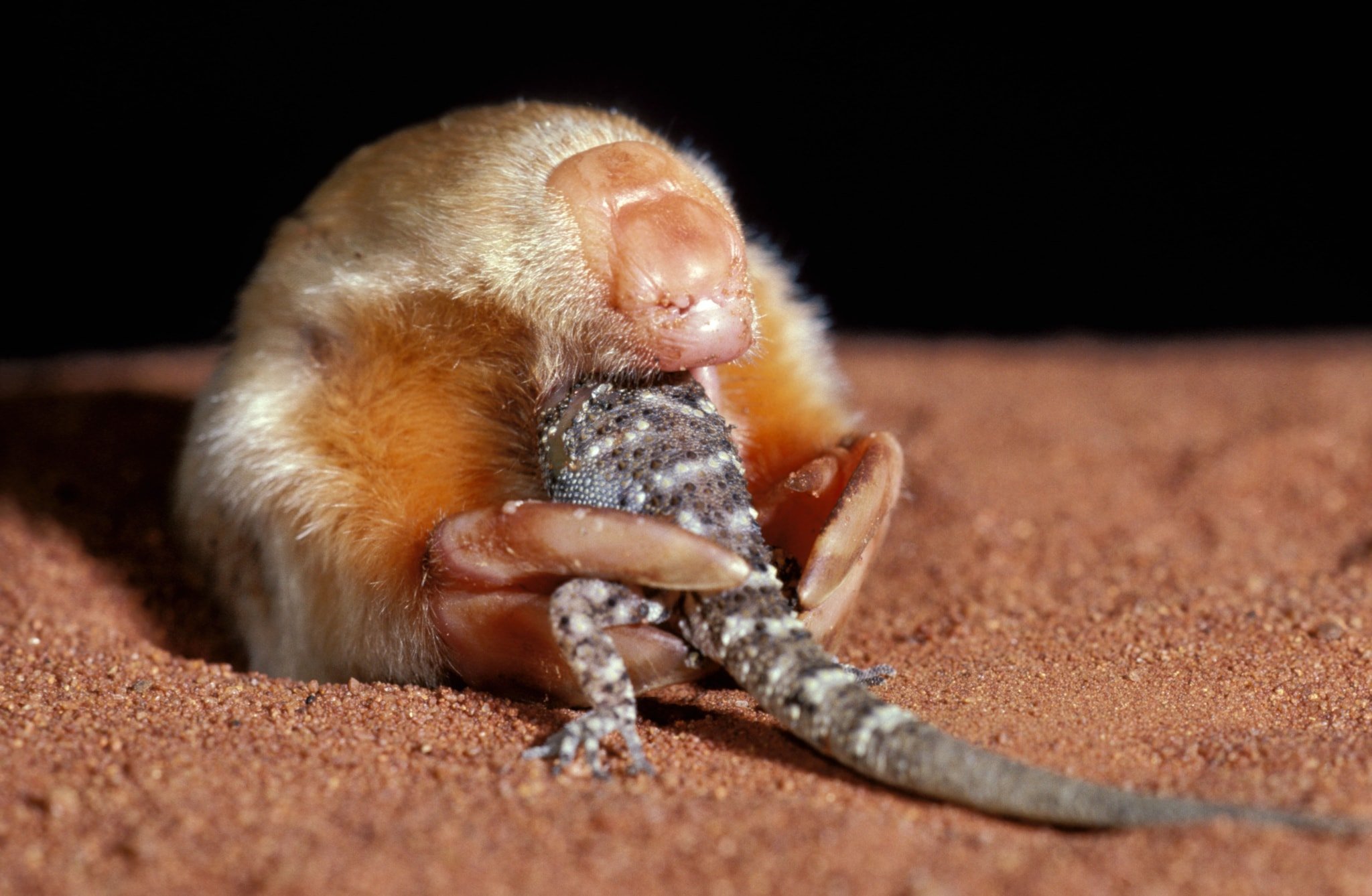
Auscape International Pty Ltd/Alamy Stock Photo
God they’re weird.
Pink Fairy Armadillo
/cdn.vox-cdn.com/uploads/chorus_image/image/49436253/pinkfairy.0.0.jpg)
Wikimedia Commons
Armadillos are pretty amazing. They’re mammals who saw turtles and said “I can do that” so they turned their skin into bones and learned how to turn into balls. While most Americans are only really familiar with the nine-banded armadillo, they’re actually a large, diverse group, especially in South America, where the lineage originated. We could honestly do several articles just on armadillos, but for now, let’s stick to this one.
The pink fairy armadillo is one of the most flawlessly named animals alive, and its looks match perfectly. I adore that wooly little body under its hard scales and it’s pink! It’s really pink! What an unusual color in a mammal! Hell, in anything. Most shrimp aren’t pink until they’re cooked. Pink fairy armadillos don’t need to be cooked! Their coloring comes from blood vessels in their armor plating.
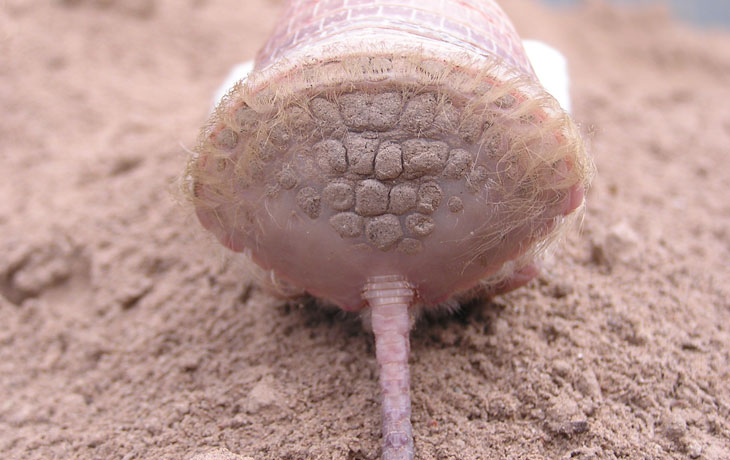
M. Superina
From behind, it’s just weird, body stopping in a solid wall. Like our other moles today, fairy armadillos don’t leave noticeable tunnels, but not for the same reason. Fairy armadillos use this flat stopper to solidly pack dirt behind them, closing off the tunnel.
Natives of Argentina, fairy armadillos actually aren’t very well known, scientifically speaking. They’re the smallest armadillos, ranging from 3 to 4 and a half inches, spend most of their lives underground, and seem to be uncommon animals. They are extremely difficult to keep in captivity, displaying a high degree of novophobia (fear of change and novel objects) and reluctant to eat anything but very specific diets, even though in the wild they eat just as diverse a diet was any mole.
So little information is available on fairy armadillos that nobody knows if they’re even endangered, but it seems likely. In a few years, these strange little moles could go from rare to nonexistent, and it would take us years more to even be sure they’re gone.
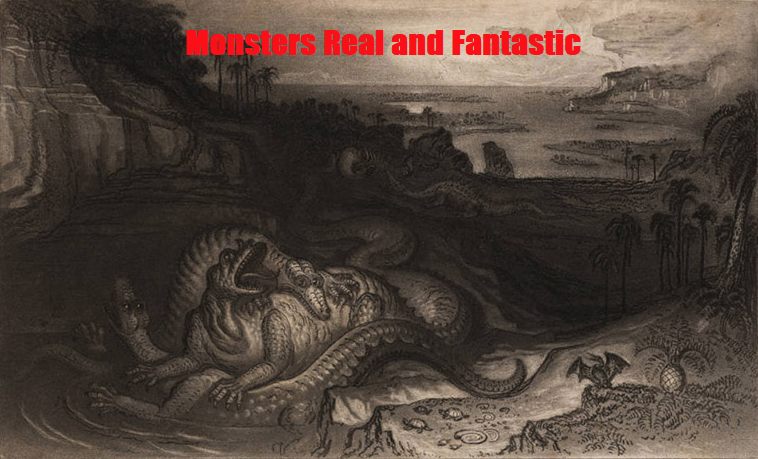
Can a Golden Mole be adopted? Because that thing is absolutely adorable!